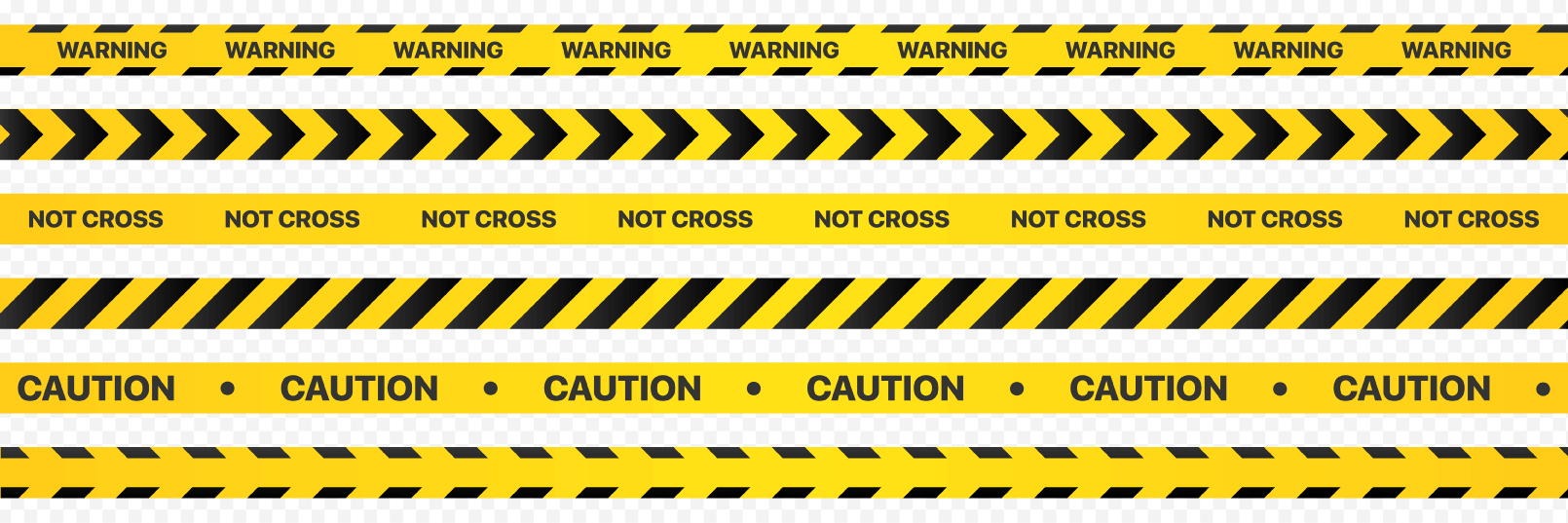Hyper-vigilance and the fear-symptom cycle
I suspect that pain and symptoms primarily arise for two reasons: as an automatic response to some stimulus, or as an indication that something needs our attention.
For example, if you injure your knee playing sports, the pain is an indication from your body that you’ve been injured. In this case, the symptom of pain is an indication that something needs your attention.
However, if you had previously injured your knee, your nervous system may have also learned to be more aware of early indicators of an injury to prevent it from happening again. So if you twist your knee doing some activity later, your nervous system may still send pain signals because that’s what it learned to do, even if your knee wasn’t actually injured this time. If you recognize right away that your knee is fine, then your nervous system learns to be more relaxed with small twinges or tweaks. However, if you respond with fear when your nervous system sends the pain signal, then you reinforce the unconscious belief that something is wrong, even if you didn’t injure yourself. Each time you respond with fear, you and your nervous system learned to be much more aware of twinges in your knee later on, even if those twinges don’t pose the threat that the original injury did.
All of this can teach your nervous system to automatically send danger signals (pain or other symptoms) for much more minor sensations because it’s scared of another big injury, and it’s trying to keep you safe.
Because we respond with fear to the pain or symptoms that these more minor sensations brought on, we reinforce the belief in our nervous system that small sensations are something to fear, and we end up in a cycle where our nervous systems are over-activated and responding to too many sensations and occurrences unnecessarily. Some injuries and illnesses heal just fine, without triggering a downward spiral into a chronic condition, so how does the cycle begin in the first place.
Of course, there are lots of unique ways this can happen, so let’s stick with a similar example. Let’s say someone blows out their knee running or playing soccer or maybe they injured their back in a car accident. When they go to the doctor, they might be told something like “the injury is unlikely to fully recover,” or that “they’ll be more prone to future injuries.” Or maybe the doctor tells the person they’ll be fine, but in the person’s effort to look up recovery information online, they come across horror stories of people not recovering, and they’re introduced to support groups for people who have had chronic pain ever since they had a similar injury.
In all of these situations, our brains and nervous systems learn that they need to be more vigilant about pain in those locations. When a small twinge occurs, the person backs off whatever they’re doing to make sure they don’t re-injure the spot. With that reaction comes fear, and that fear acts to reinforce our brain’s belief that the twinge was a problem. Over time—or maybe quite quickly—the twinge may become pain or more severe pain because the nervous system now believes that the sensation is a problem, and it needs to get the person to stop doing whatever activities are triggering the issue.
As the nervous system becomes more aware of problems in that location of the body, it may become even more sensitive to sensation there, and pain will become more frequent and severe, as the person becomes hypervigilant about every sensation that may arise. On top of that, family members, friends, coworkers, doctors, and the internet are probably all reinforcing the person’s nervous system with messages about how important it is to be careful and how so many other people also suffer from chronic pain associated with similar causes. It’s also possible that once the nervous system begins to react to sensations in one location in the body, it may also begin to react to similar sensations in other parts of the body as well, triggering chronic pain in locations that had never been injured to begin with.
Because our systems can learn and change, we can update our nervous system’s response to stimuli that are incorrectly perceived as threats so that we stop having symptoms. You can retrain your nervous system to believe that you’re safe and to not react with fear to every little sensation.


